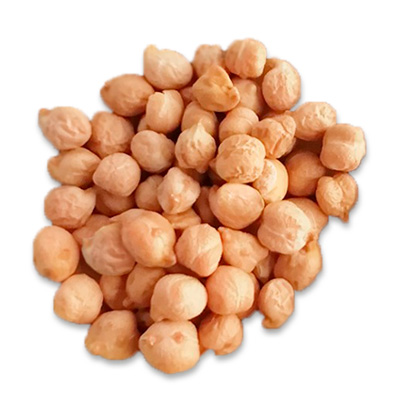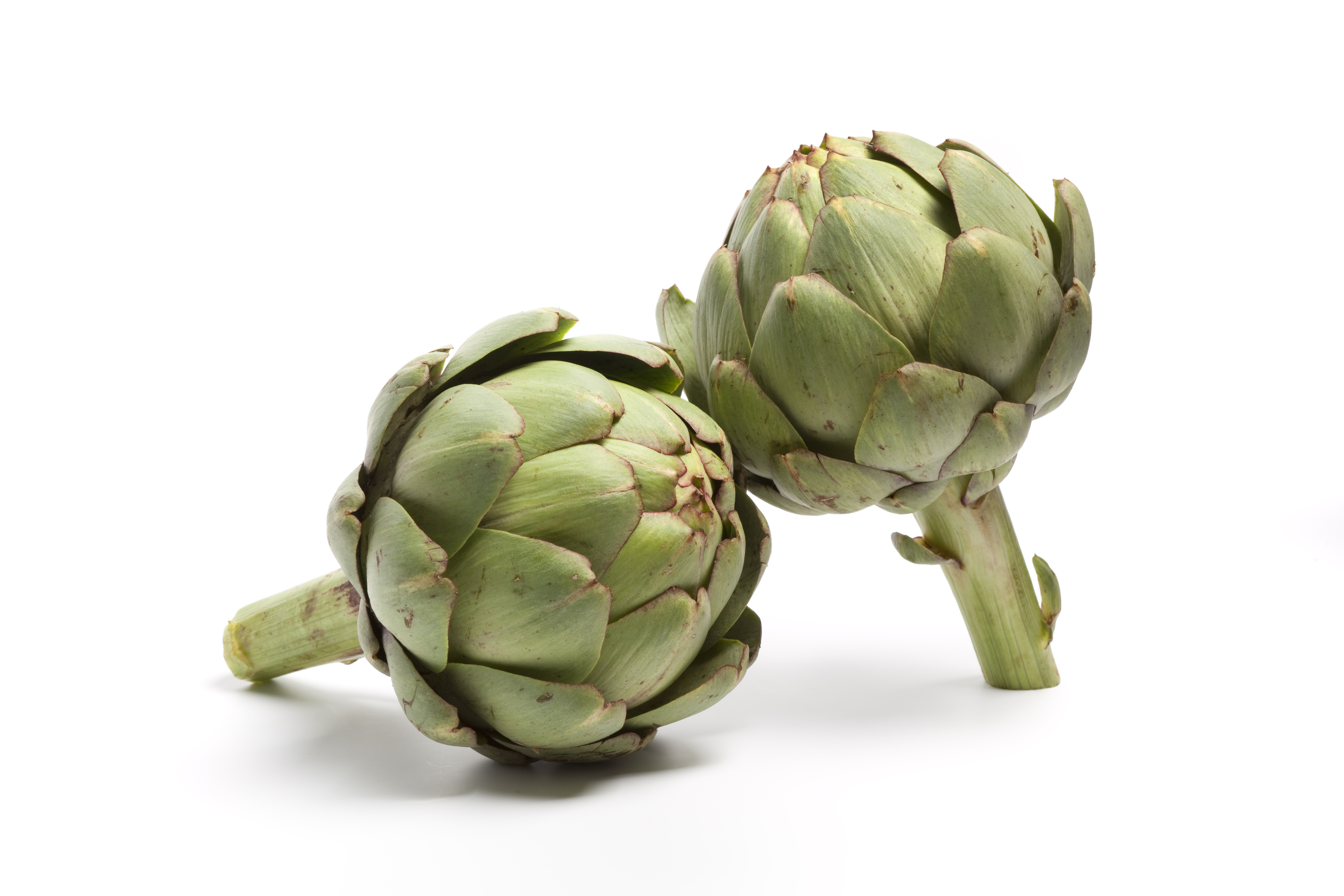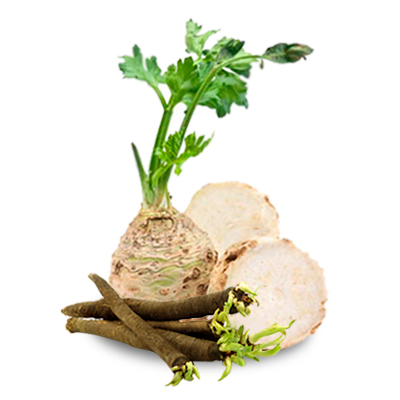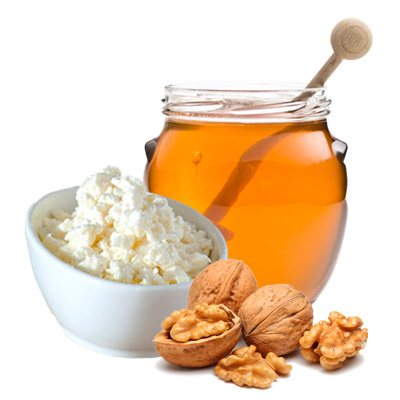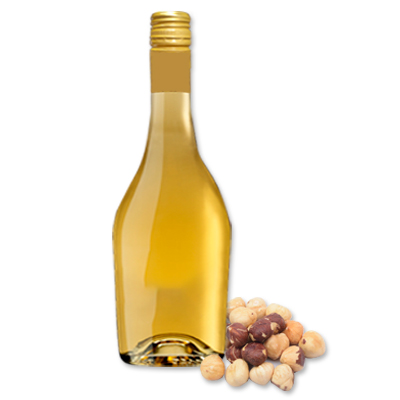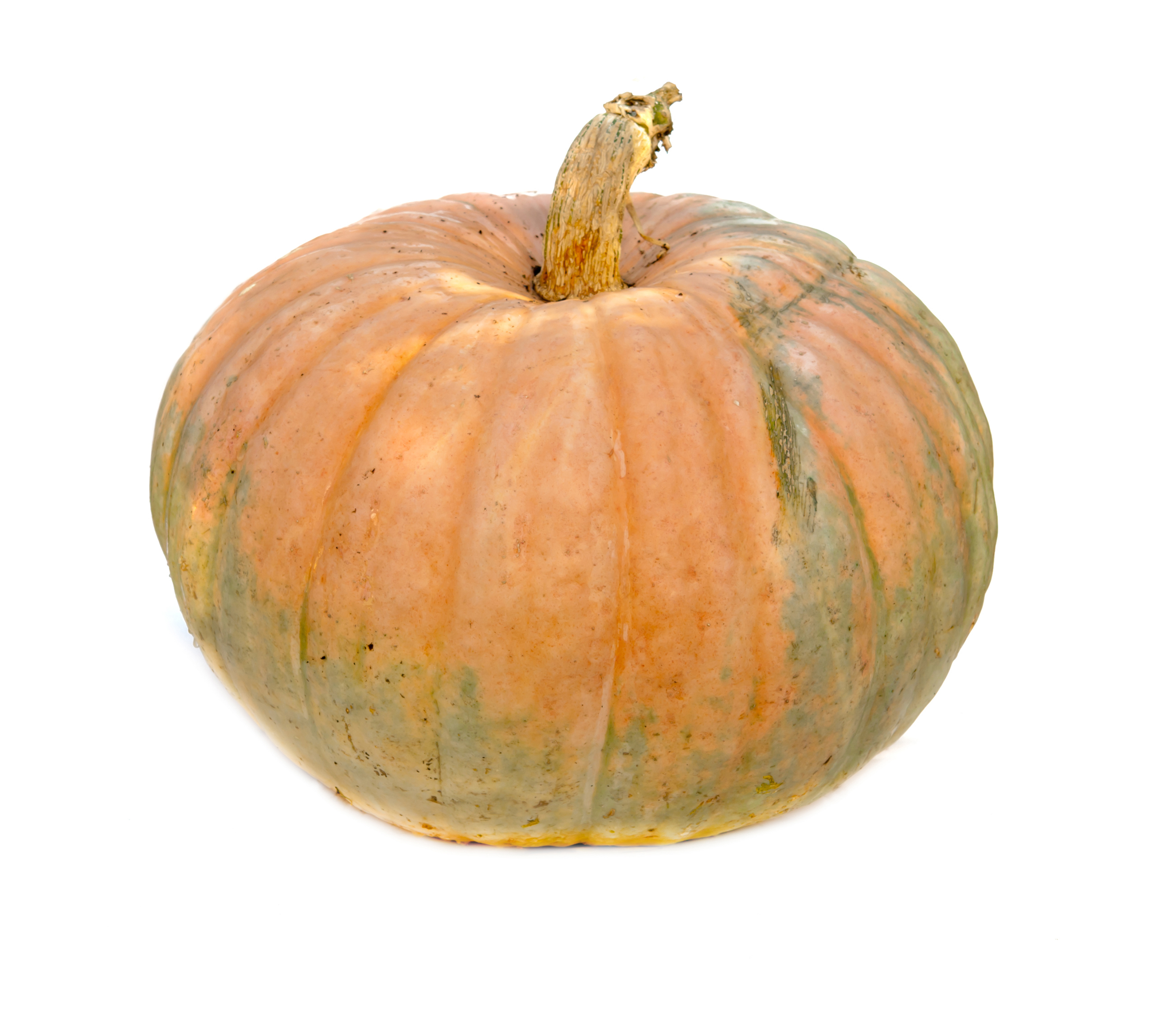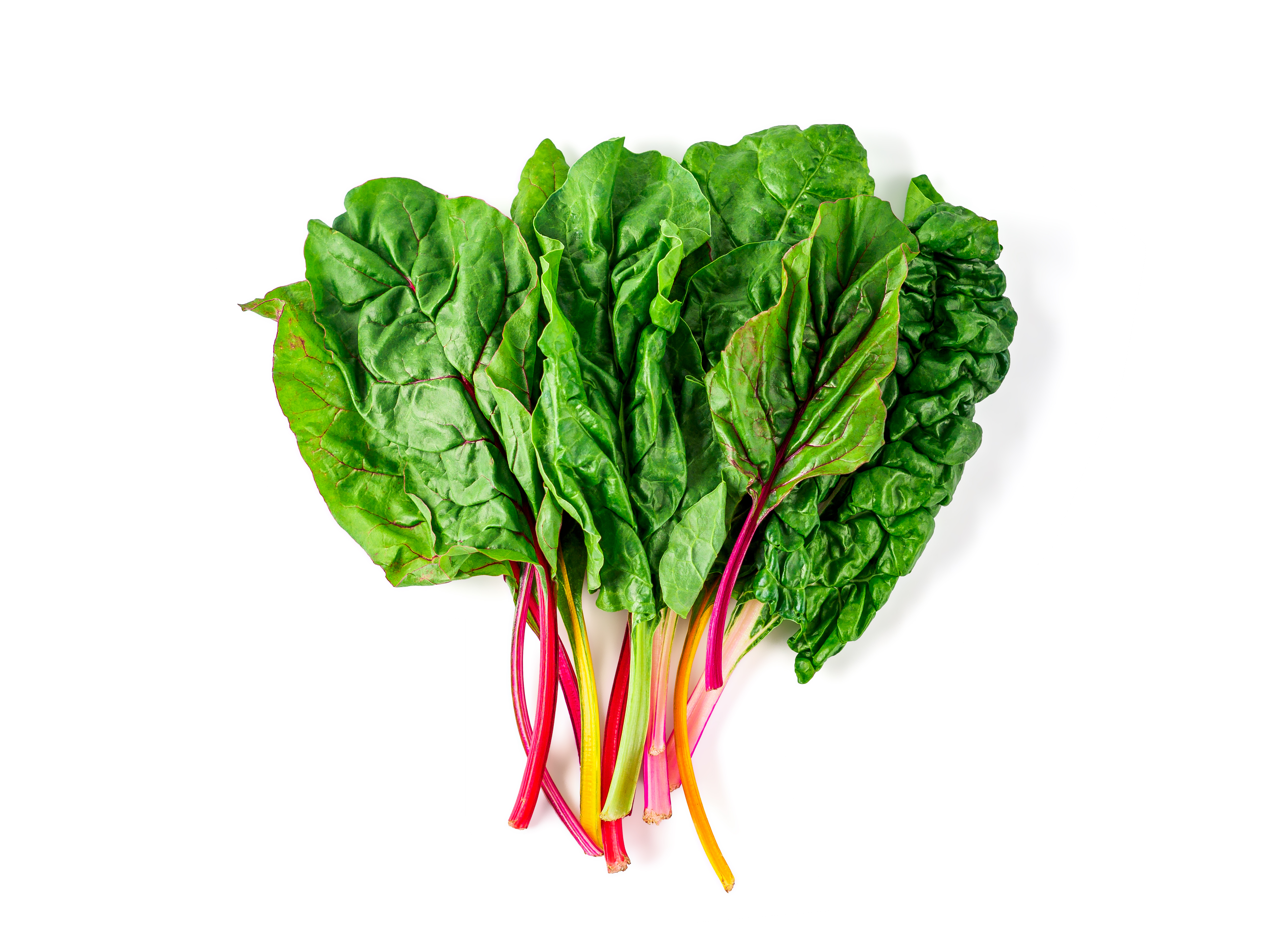Less popular varieties of fish
Trawl nets trap all the living creatures they find in their path, but many of these have no commercial value, and it’s estimated that 50% of the fish caught using this method is thrown back into the sea, dead. This is why trawl fishing is a waste of natural and economic resources, and endangers the continuity of life in our oceans.
Due to lack of knowledge, many people eat only a very limited range of fish, which results in overfishing of certain species and at the same time leads to waste - the discarding of species of fish with little market value.
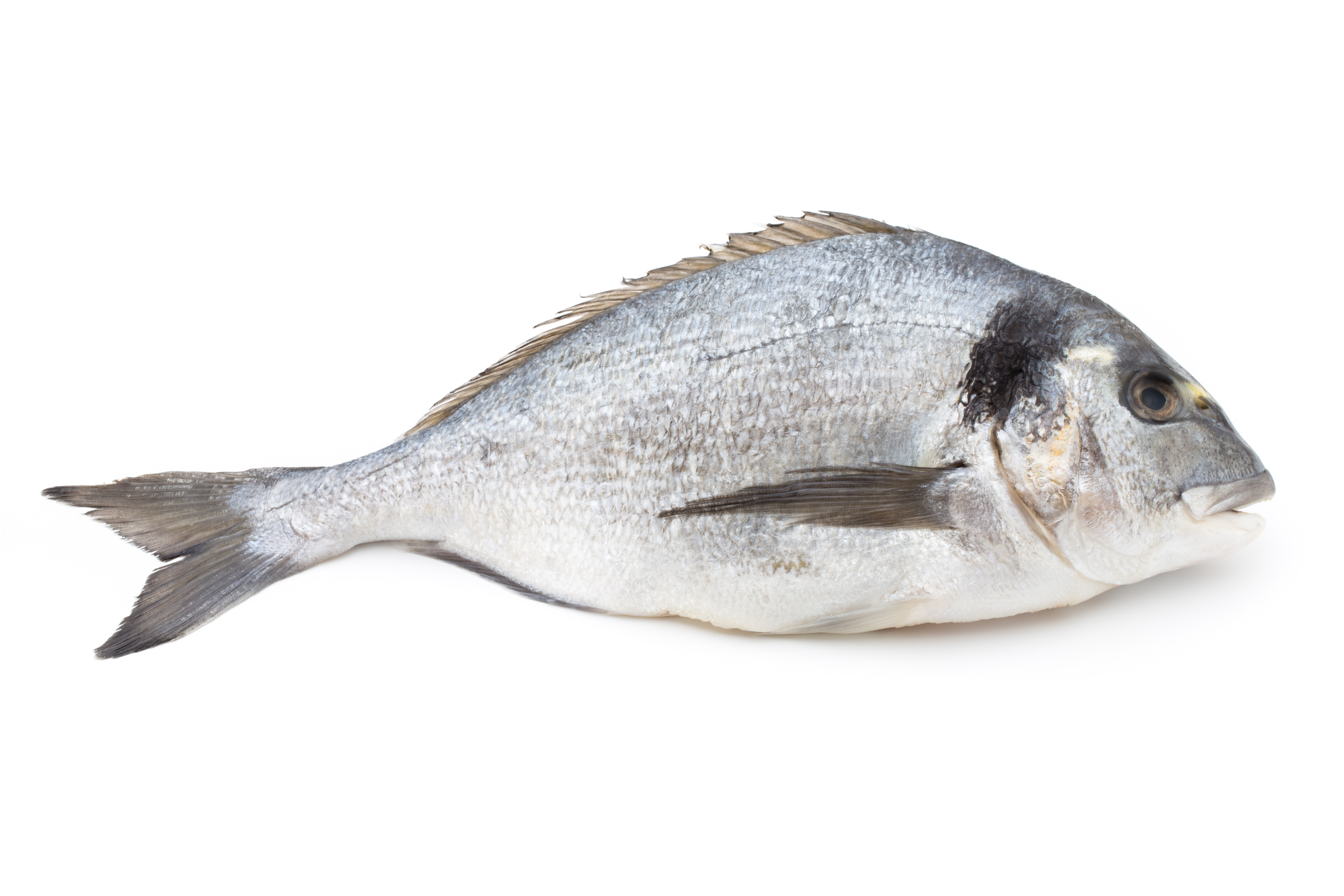
-
Species such as the forkbeard, the Spanish bream, the Atlantic stargazer, the common sea bream, the starry weever, the escatós, and the garneu, for example. These are 100% local fish that come from our fish markets, and are much fresher and more nutritious than other imported fish.
-
By buying these fish you’ll not only be helping our country’s fishermen, but also contributing to fairer trade and reducing the pressure on our seas.
-
Nutritional value varies a great deal when it comes to wild fish, since it depends on both species and on time of year.
The nutrient that varies most is fat. Thus, the difference between a white fish and an oily fish can be between 70 and 200 calories per 100 grams, and can vary even within the same species, depending on the age of the fish, and when it was caught.
This means that when talking about the nutritional value of fish, good quality protein and fat content needs to be highlighted. Fish are a good source of omega-3 essential fatty acids, which help to prevent cardiovascular disease. What’s more, they contain B group vitamins and vitamins A and D, and are rich in minerals, such as iron, iodine and phosphorus.
-
There are basically two ways to cook these fish:
- Soup and stock: They’re extremely flavourful fish that are great for using to make soups or stock.
- Fried: They’re very easy to coat in flour and fry. They have a great flavour and texture, but some species, such as the Atlantic stargazer and the starry weever, need careful preparation as the dorsal fin must be removed because the spines are very sharp. Your fishmonger will be able to advise you.
-
Edible fish thrown back into the sea before reaching port, as they are species with no commercial value, often due to the lack of knowledge and no tradition of eating them. Chefs and universities are working hard to popularise these fish, and if you’re a fish lover, we would encourage you to be daring and try some of these less well known species that are rich in nutrients, packed with flavour and full of the smell of the sea. The easiest thing to do is to make a stock or fumet, using the bones, skin and heads, or the whole fish if they’re small. Add some leftover vegetables and a bay leaf and serve as soup with rice, or perhaps use as a delicious base for making a creamy soup, seafood risotto or sauce.



